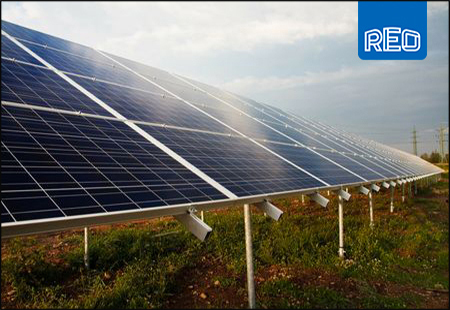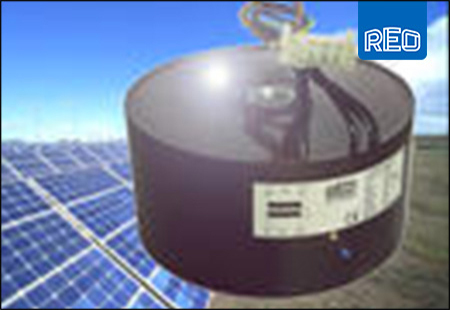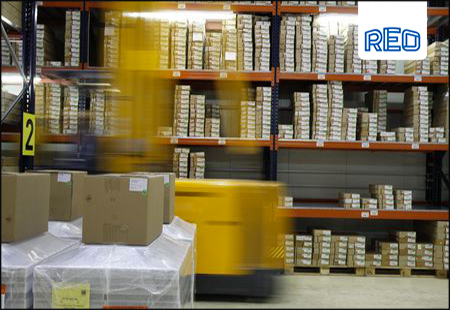Future ready: the road to renewable power quality
In a perfect world, all industries and applications would be fuelled by renewable energy and provide us with sustainable power. Unfortunately, as Steve Hughes, managing director of power quality expert REO UK, explains, there are many problems to resolve before industries can fully rely on a consistently sustainable source of power.
Despite the continual introduction of government schemes designed to accelerate the take up of renewable energy across the UK and much of Europe, there never appears to be much progress. This is hardly surprising. It’s not because we’re all addicted to burning the oil and gas reserves, rather that the power quality of renewable energy is often inconsistent and unreliable.
The biggest obstacle that prevents our full conversion to renewable energy is its reliability as a source of power. Take solar power for instance, which is dependent on a suitable quantity of UV radiation in order to generate energy. It goes without saying that this is a risky source of power, offering little in the way of consistency. Particularly in the UK, whose dull weather has become infamous due to word of moan, many people would be literally left in the dark. Add to this the fact that much of the generated power is wasted as we are unable to use it all immediately and it becomes clear that renewable energy sources are not yet a sustainable source of power.
However, this isn’t entirely due to renewables at their source. While renewable energy can be slated for offering unreliable and unpredictable levels of power, it is ultimately a lack of viable storage solutions for generated loads that stand in the way of success. Renewables put us at the mercy of nature, whereas with the consumption of natural resources we have control over how the steady, albeit steadily decreasing, supply is generated.
Of course, technology is working towards addressing this energy storage issue. With Tesla’s home battery appearing to offer a means of reliably storing energy, it is conceivable that in the near future we could begin to see increased integration of our existing infrastructure with renewable campuses.
However, what would happen after that? Renewable energy may sound very attractive in concept, seemingly a benevolent method of maintaining our electrical consumption without harming the planet. Aside from its intermittency, renewable energies are plagued with a host of power quality issues that have detrimental effects on our electrical infrastructure.
The number one problem posed by renewable energies is harmonic resonance, which occurs at the grid interconnect point of parallel inverters. These harmonic currents cause all manner of problems, from increased energy consumption to directly causing damage to components on the grid. Combine this with the already present risk of component damage due to power surges, which would only take a storm for a wind farm, and it becomes apparent why renewables have taken so long to develop and take centre stage.
Nevertheless, there is hope. Employing harmonic filters can result in substantial reductions in the harmonic currents present, bringing the total harmonic distortion (THD) down to as little as 5 percent – which in some cases is a drop of more than 50 percent. In addition, harmonic filters can be retrofitted into existing infrastructure to avoid the additional cost of redesign that may be faced in installing multipulse units.
This not only results in a safer and more stable energy supply, but ensures a supply that can further reduce CO2 emissions through the reduction of efficiency-infringing harmonics. And, in the end, aren’t environmentally sustainable results like that the reason we’re looking to renewables in the first place?












